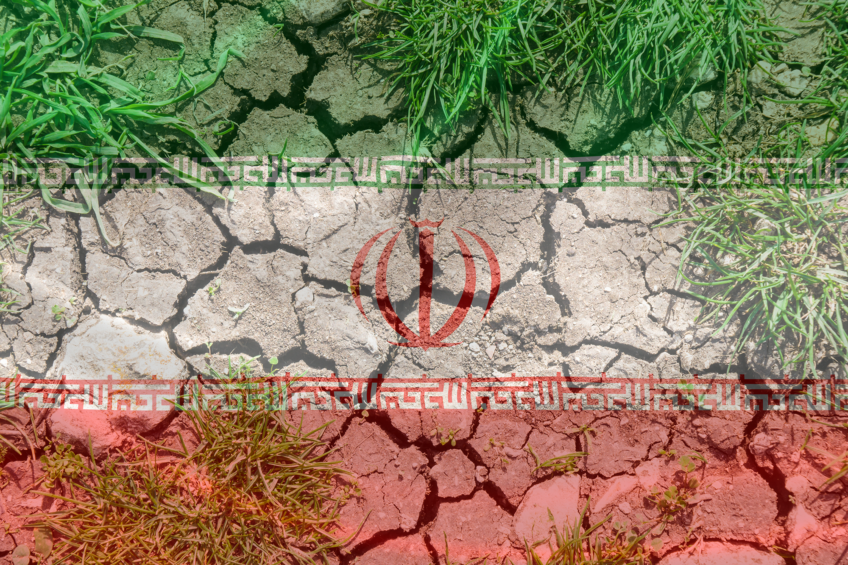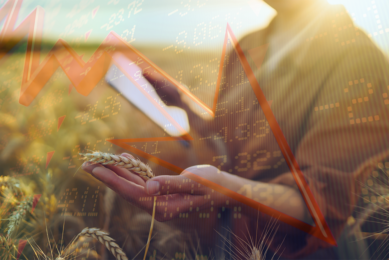Persisting drought pushes Iran to expand grain imports

The Iranian government ramped up grain imports this year in response to a worsening drought crisis and growing fears over the feed industry’s stability, local press reported.
Compared with 2023, Iran boosted imports of corn by 16%, barley by 37%, soybeans by 18%, and soybean meal by a staggering 1200%, a source in the industry has recently told local news outlet Tehran Times, not providing concrete figures.
Domestic grain production meets only 20% of the local feed industry’s demand, and this figure is believed to be lower this year due to a persisting drought that began in 2023 and has yet to loosen its grip on the country.
Worsened by Afghanistan’s dam construction
Local environmentalists warned that drought has ravaged 150,000 hectares of agricultural land in Sistan and Baluchestan province, affecting more than 200 villages in eastern Iran. The problem is reportedly worsened by Afghanistan’s dam construction on rivers, which limited the inflow of water to several regions.
Environmentalists issue warning
Environmentalists have issued a stark warning-with approximately 1 million hectares of land turning into desert each year, Iran is on the brink of a severe food crisis in the near future.
Iran’s grain production
However, there might be no reason to panic yet, as unfavourable weather conditions are not expected to have a severe impact on grain production yet. According to the FAO, Iran was the 10th largest grain producer in Asia in 2023, with 19.8 million tonnes of output. The country relied on imports for 14.9 million tonnes of its grain needs. The FAO report estimated that Iran’s wheat output will reach 13.5 million mt this year, flat on last year.
Iran’s total feed production was 10.5 million tonnes in 2023, of which:
- 6 million tonnes were cattle feed,
- 4 million tonnes were poultry feed,
- 400,000 tonnes were aquaculture feed, and
- 100,000 tonnes were feed for other species.
Over the past few years, Iran has experienced difficulties importing feedstuff in sufficient quantities, as the national budget has been stripped of foreign exchange to pay for the suppliers.
Drought – not only a problem in Iran
As it is increasingly likely that 2024 is going to be the warmest year on record, not only Iran sees its feed industry affected.
Researchers have estimated that the year-to-date global average temperature through the end of July currently ranks at 27 degrees Celsius, warmer than the same period in 2023, the warmest year on record.
Against this background, signals about drought-related problems come from different parts of the world. In particular, the South African Development Community announced that 68 million people in the southern African region need help due to drought, which has created a full-fledged food crisis on the continent.
Earlier this year, winter drought has also gripped South Europe and Northern Africa.











